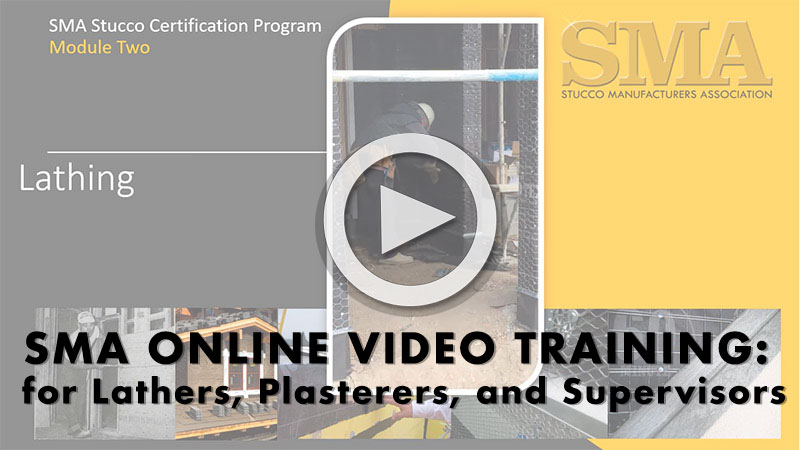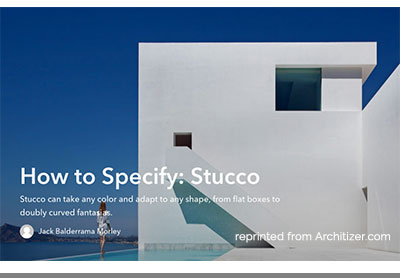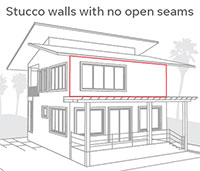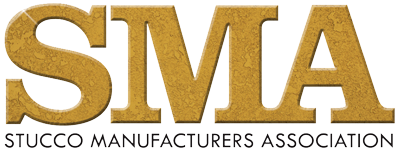Features & Benefits of Stucco
STRENGTH & BEAUTY
Stucco provides a tough exterior that resists woodpeckers, pests and other environmental challenges. Cement stucco has been used around the world due to its ability to withstand the sun, rain and freezing. From Russia to Arizona, stucco works on all types of structures. Cement stucco over a metal or wire lath provides superior seismic benefits. The research paper “Static and Dynamic Earthquake Testing of Rainscreen Stucco” by the University of British Columbia (www.cmhc-schl.gc.ca) is a testament to stucco’s ability to save structures in seismic events.
VERSATILITY OF DESIGN & AESTHETIC APPEAL
Aesthetic appeal and versatility of stucco have for centuries captured the imagination of architects and builders. Portland cement plaster (stucco) is applied in a plastic state to virtually any form, radius or shape, and then hardens to service the life of the structure. Stucco can be used in a wide variety of styles. Modern, Tudor, Hacienda, Tuscan or experimental, stucco works. Cement stucco is also common in theme parks and rock carving.
COLOR & TEXTURE
The texture for stucco is only limited by the designer’s imagination and the talent of the applicator. This makes stucco unique among the decorative finishing materials available to designers and builders. A nearly unlimited palette of colors is available in acrylic and cement finishes. Painting is not needed for stucco.
Color is determined by admixtures of pigments that are integrally blended into the cement during mixing. Texture is achieved by selecting aggregate size, controlling finish mix consistency, and using special treatment techniques during and after application of the finish coat plaster. Texture gives substance and character to the plaster surface — adding highlights, depth, continuity, segmentation, and even achieving the look of a completely different construction material, such as wood timbers, brick, or stone masonry construction, is possible.
APPLICATION
Stucco is SMA approved to be applied either by hand or by machine to all surfaces. Stucco can be applied directly to sound masonry or concrete walls, or frame construction with a lath and water-resistive barrier. Both one- and three-coat stucco properly mixed and applied are highly water resistant, yet vapor permeable to allow the building to breath. The water-resistant barrier (sheet or liquid membrane) behind the cement plaster protects the framing from incidental moisture that is anticipated to find its ways behind cement membrane. The SMA has various independent reports on the porosity of cement stucco.
LONG-TERM VALUE
Portland cement plaster is a proven long-term value. ASTM STP 1269 rated cement stucco as the lowest net life cycle cost cladding.





